Recreatief
52 km
De Klencke (one of the seven remaining manor houses in Drenthe) and the estate are owned by Natuurmonumenten consist of the 13th-century manor, a number of farmsteads and the 450-hectare estate with farmland, forest and heathland. The current house was built in 1760. The water adjacent to De Klencke, Drostendiep, provides the house’s canals with water.
The Klencke route takes place in Southeast Drenthe. This region has plenty of things t…
De Klencke (one of the seven remaining manor houses in Drenthe) and the estate are owned by Natuurmonumenten consist of the 13th-century manor, a number of farmsteads and the 450-hectare estate with farmland, forest and heathland. The current house was built in 1760. The water adjacent to De Klencke, Drostendiep, provides the house’s canals with water.
The Klencke route takes place in Southeast Drenthe. This region has plenty of things to do for young and old. The biggest attraction is in Emmen: WILDLANDS Adventure Zoo. A paradise for adventurers and animal lovers. But certainly also worth a visit is the only castle in Drenthe or the Coevorden municipal museum in the fortified town of the same name. There is plenty to do for children in this area. As well as WILDLANDS, Plopsa Indoor Coevorden is a great day out too. Children’s idols Kabouter Plop, Bumba or Maya are all present and waiting to meet you. The open-air museum Veenpark in Barger-Compascuum invites you to take a narrow-gauge train or boat to visit a clog maker, baker or peat cutter.
TIP: A fun alternative in the area is a walk through the unique raised bogs at Bargerveen
This 50-kilometre cycling route (Klencke route) leads you past a variety of Drenthe’s highlights.
The route starts at De Klencke manor house (Hub point 71). There is plenty of parking available near the starting point, at Klenkerweg 18.
The route includes the following bicycle hub points: 71, 29, 28, 27, 26, 25, 22, 09, 20, 77, 56, 07, 55, 89, 88, 70, 68, 67, 72.
This route can be shortened at the following hub points: 71, 29, 25, 09, 07, 89, 70.

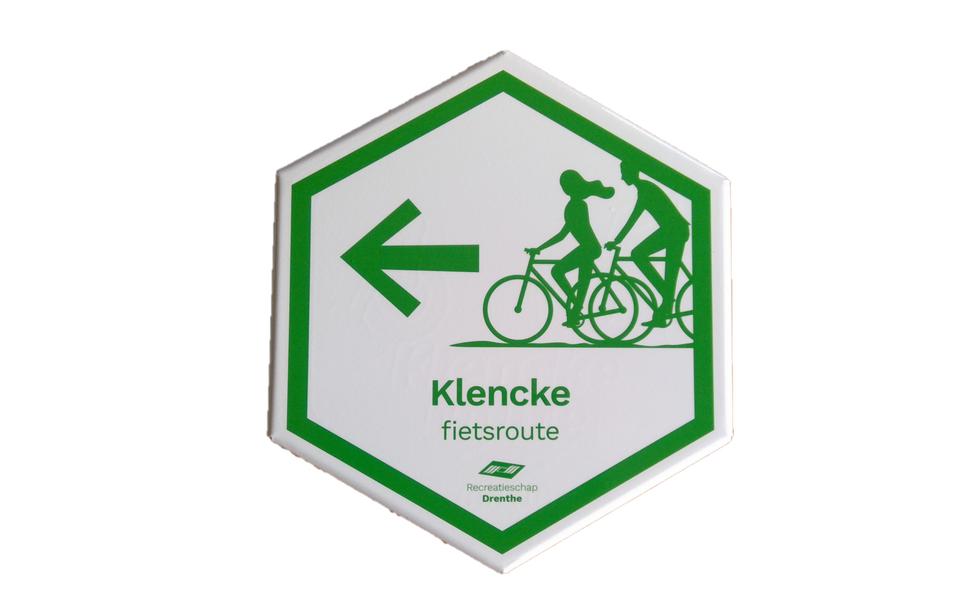
Waypoint bike 71
Oosterhesselen
Navigate to starting point
Oosterhesselen
Navigate to starting point
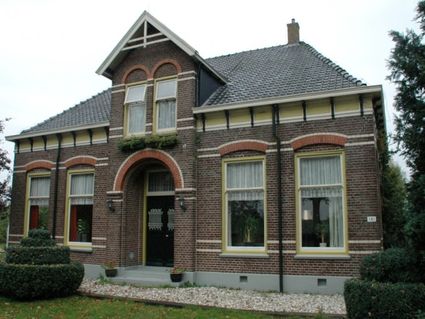
There is plenty of fun to be had at Plopsa Indoor Coevorden! Discover the magical world of Studio 100 at the most exciting indoor theme park in the Netherlands!
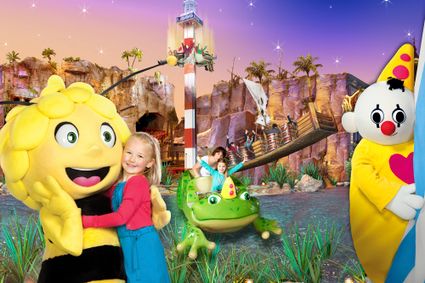
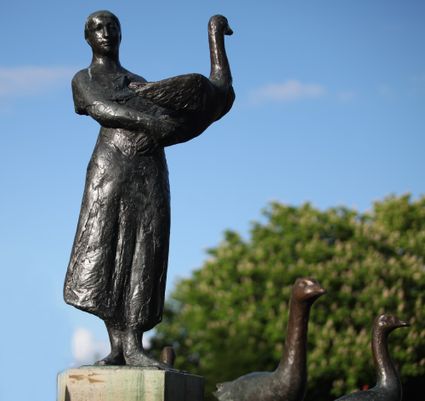

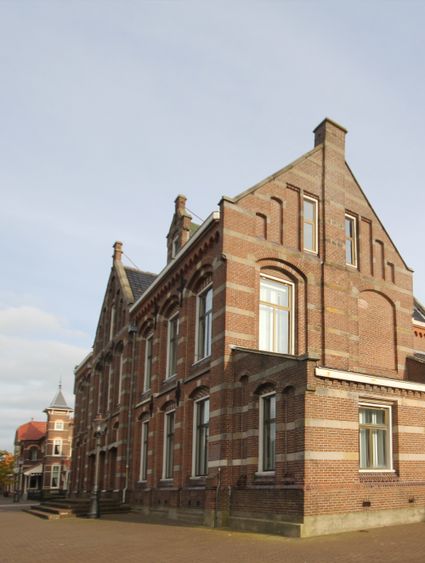
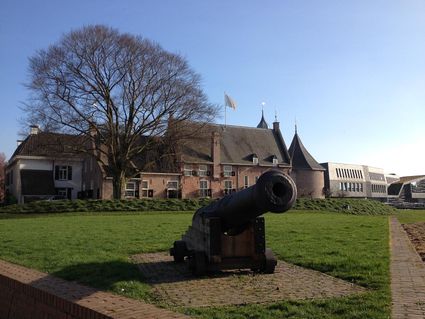
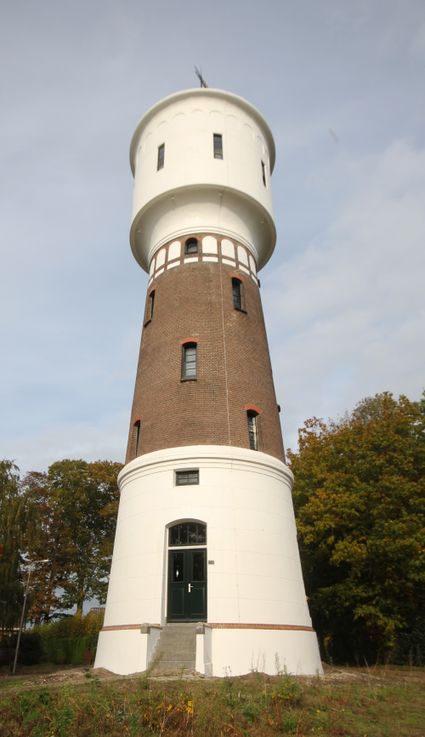
Like Norg, the village of Dalen has two mills. Mill De Bente is a production mill that became operational again in 1994. Open three days a week, the mill is run by an artisinal miller. There is a shop on the ground floor that sells a wide range of flours
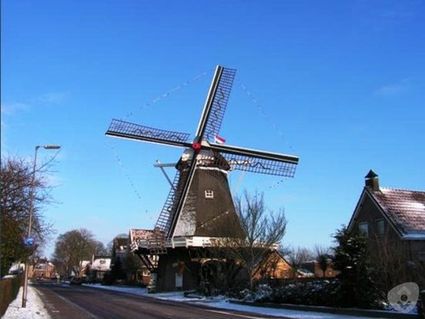
Gallery, Sculpture Garden and Brasserie
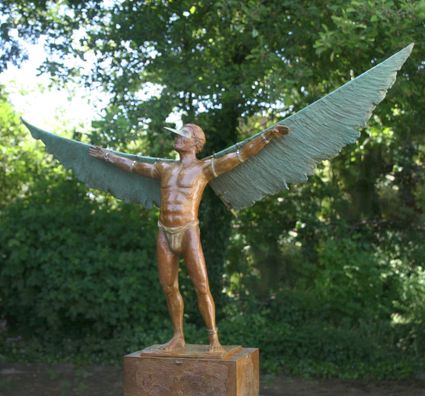

Big Art & Garden
Schaapveensweg 16
7863TE Gees
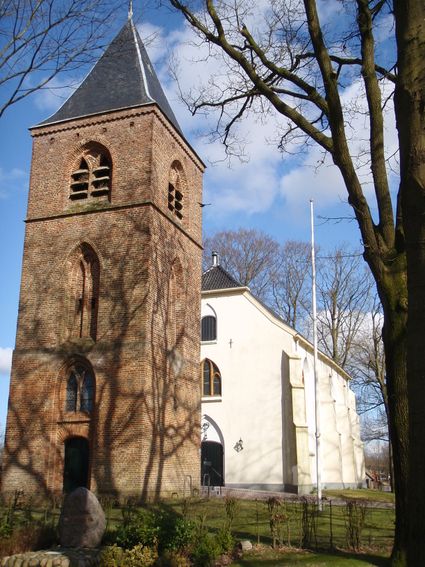

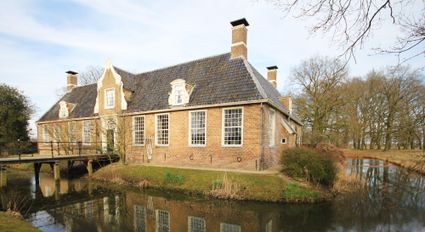
Waypoint bike 71
Oosterhesselen
Navigate to endpoint
Waypoint bike 71
Oosterhesselen
Navigate to starting point
Waypoint bike 71
Oosterhesselen
Navigate to endpoint